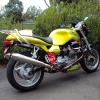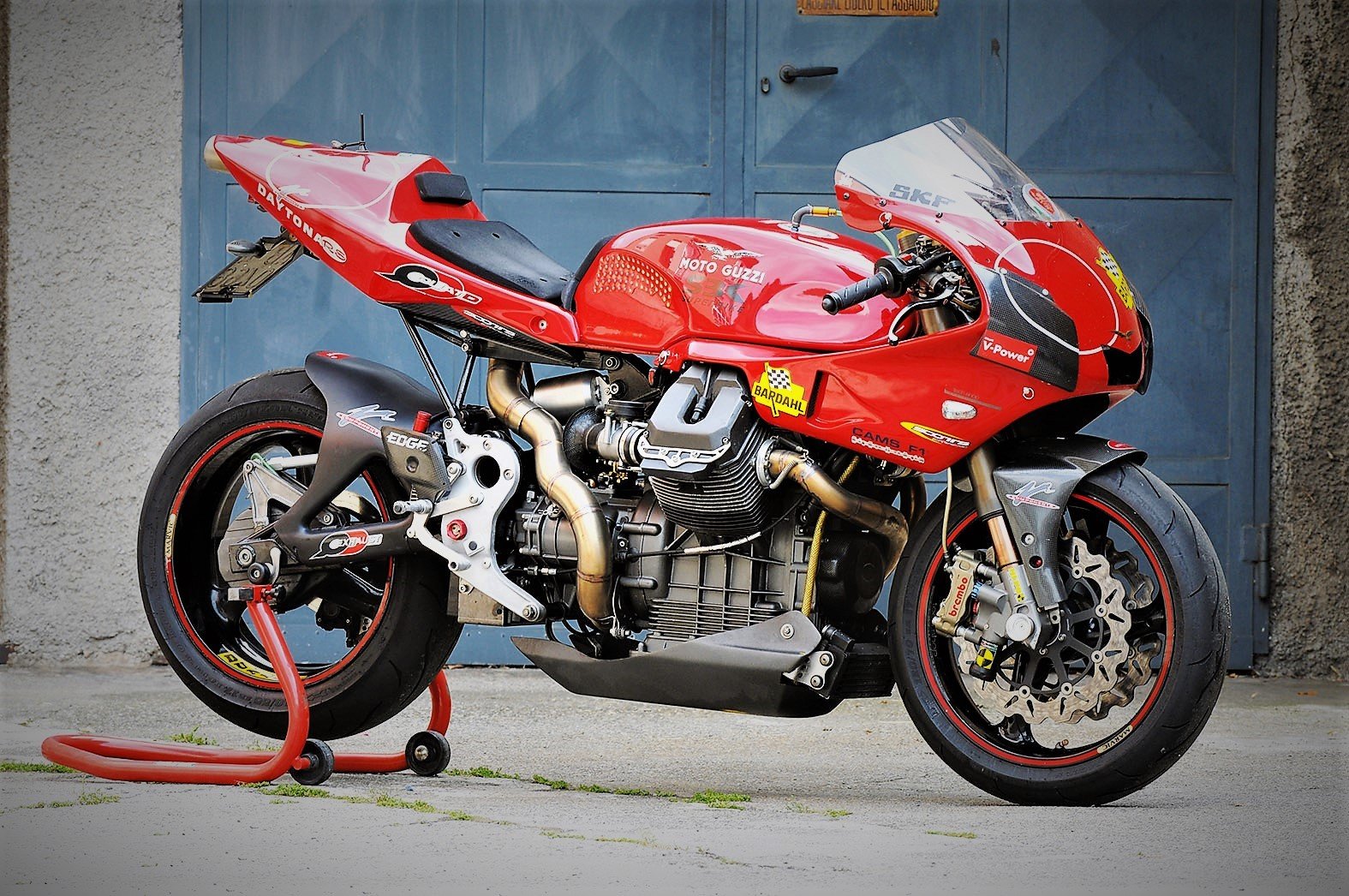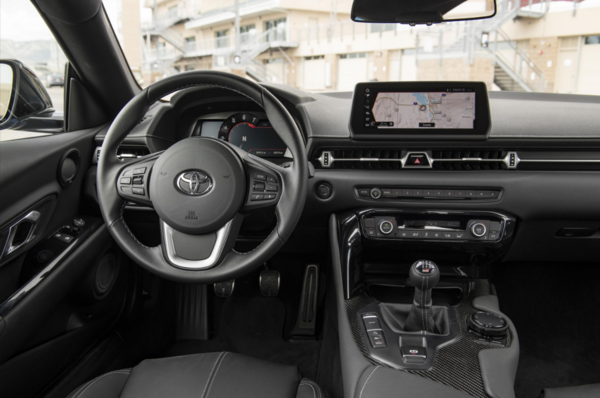-
Posts
5,207 -
Joined
-
Last visited
-
Days Won
267
Content Type
Profiles
Forums
Events
Gallery
Community Map
Everything posted by Lucky Phil
-

EV/battery powered transportation trends
Lucky Phil replied to fotoguzzi's topic in Special place for banter and conversation
Hope he is is for your sakes. I've got a tip for him as "co head" of the new administrations Department of Government efficiency (Doge for short funnily enough) Start with getting rid of your "Co head". Two guys to do one job! Low hanging fruit right there. Maybe I could be a "consultant" for Elon in the new role. I could be on a massive salary paid up front then make myself redundant. Pure Genius. Phil -
Don't know but it seems like you have no issue to me as long as you have owned and registered it for 12 months before immigrating. There is also an exemption to allow New Zealand citizens or NZ residents to continue to import their bikes/cars from overseas as an immigrant’s vehicle, but they will need to demonstrate that the motorcycle in question they had owned and registered for use overseas for at least 12 months prior to importation. OR Import the bike anyway and as soon as you move apply immediatly for the 100 bikes/year exemption and maybe you need to wait a year to register it. In other words get your application in early for the following year if none exist for the present year. I mean there's only about 50 people living in NZ anyways.
-

EV/battery powered transportation trends
Lucky Phil replied to fotoguzzi's topic in Special place for banter and conversation
This would be a better image if it was parked across a railway track waiting for the next freight train to come along Phil -

ANSWERED Voltage regulator broken? Confirmed.
Lucky Phil replied to Tinus89's topic in Technical Topics
It's a V11 Guzzi. First thing you do when you have any electrical issue/gremlin is do a full wiring harness/fuse block/connector/ignition switch detailed inspection. Then move onto parts replacement/testing. Phil -
I've done a few minor mods to the Supra of course and the latest is a new gear knob. I've never liked the std shift knob on the Supra with the leather shift boot fully integrated into the knob so I bought a heavier knob from the USA which is a nicer shape and 200gms heavier and it's also a threaded type as opposed to the std one which clips onto the shifter shaft so requires an adaptor. Problem with that though was the boot retention system was a bit bulky (you cut the knob off the std boot assy and use that) and the required collar to hide the cable tie that clamped the boot to the adaptor added 1/4 inch to the total shifter height. I finally bit the bullet and machined up a redesigned threaded adaptor with a different boot retention system and a Titanium collar to hide all that. I think it looks better and the shift action is slightly improved as well and the total shifter height is 6mm or 1/4" lower than the std shifter. From this To this Adaptor
-
From the album: lucky phils V11
-
I've been using the back brake on motorcycles for 2 things only for 30 years. Holding the bike on a hill at a stop sign or lights and applying it mid corner mainly on the track to get the bike to "finish off" the corner and hold the line better esp if I've missed the correct apex and look a bit wide on the exit. The second technique can also be used on the road if you mess up a corner and braking with the front causes the bike to stand up. Never used it to help turn in but I understand the concept of increasing the rear tyre slip angle to help the wide rear tyre turn in better. WSB and MotoGP riders use the rear heavily for turning the bike so the Ducati software has come from there obviously. Phil
-
Might be me. I often read things different to others. Then again all that German speaking may have scrambled you brain a little
-
Guzzi sound like the motorcycle manufacturers version of ADF (Australian Defence Forces). Throw lots of money at stuff that ultimately goes nowhere. Auto transmissions that are problematic, Hydraulic Valve lifters for an engine with the easiest valves in the world to adjust, front/rear linked brakes, and enough superfluous steel wasted in flywheels over the years to build a Battleship. Phil
-

Sporti & Daytona Fuel Level Sender Replacement?
Lucky Phil replied to Weegie's topic in Technical Topics
Yes John I spent a fair amount of time about a year ago or more on this and came to the conclusion that buying a new thermistor and making a new holder was the only viable option. I bought the fuel proof wire and heat shrink and was researching fuel proof potting compounds when I got caught up in other priorities and machined up a simple blanking plug to get the bike put back together and rideable. Phil -
Don't know about others but the way I read your post was Beard was setting/checking TPS with Guzzidiag. Might just be me. Phil
-
Anything is possible if you throw enough money at it but it wouldn't be worth the effort. Check the NZ requirements in detail because if it's anything like Australia the ABS mandate is only for bikes built after around 2020. It's one of the things that killed off the Honda postie bike here apparently, no rear brake ABS and Honda weren't willing to fit it. PS. somebody actually did retrofit ABS to a Guzzi on the German forum. Audiomick would probably have the details. Phil
-
No docc aluminium ones off ebay. Phil
-
I machined the oil pump mounting faces on some spare Daytona crankcases I have and fitted some new foot pegs. Phil From this To this times 2. Foot pegs
-
I've been trying to educate my kids to this very concept Bill, "deferred gratification". Sacrifice now for a better tomorrow. So while we sit at the barbeque my son complains about the difficulty of getting a deposit together for his first house and the rank unfairness of it all these days I'm looking at his 20 grand (and counting) worth of tattoos, omega watch and 8 grand guitar. A Private school education doesn't make you smart that's for sure. Sorry, thread drift. You last line struck a chord. Phil
-
I was under the impression that setting the TPS via Guzzidiag was not a good idea? Not accurate enough. Use a multimeter. I thought that was the view of Beard and Pauldaytona themselves or was it Meinolf. Has something changed.
-
You know automatics are basically and American and Australian thing. On our recent trip to Italy the vast majority of Italians drive manuals even in the big cities like Rome and Milano. On our first day in Rome we were walking past cars parked in the street and I commented to the wife that no one here drives autos. Fuel costs are too high for autos and also they suck power from smaller engines and Italians like to "drive". Of course larger and luxury cars are autos there as well but even Taxis and delivery vans are mostly manuals. My wifes new KIA is a 1 litre turbo but has a DCT transmission and it goes really well. I've just had to go SH car shopping for my 22 YO daughter for an older 4 cylinder car as she smashed her's up ( not her fault) and of course she drives an auto. I pointed out the above facts to her and the fact that adding a manual as an option opened up the choices of cars available and you could save a thousand bucks in the purchase price. So we ended up with a manual for her and she's not too bad at using the clutch except for the hill starts. I've told her she'll get the hang of it and it will just "click". The only issue I've heard with Converts is they chew out the drive shaft from the engine to the transmission pump and I think the fix is to use a better material for the drive shaft. Phil
-

Dealerships and Repair Shops Won’t Work on Bikes over 15 Years Old 😳
Lucky Phil replied to HadaDaytona's topic in 24/7 V11
It's the same with everything these days. I needed all the guttering replace on my single story flat block small house a few months ago. 50 linier metres of guttering. No down pipes just gettering. Going rate 100-110/LM! So $5000 for a simple guttering job. Materials? $800. So $4200 labour for 10 man hours of work for a pro doing it day in day out that involves about $500 worth of tooling/equipment. About the rate a heavy jet commercial pilot earns for stick time with 500 lives in his hands. Solution? I bought the materials online delivered and the wife and I spent 25 hours taking our time 4-5 hours a day being super cautious to eliminate any serious errors and doing a first rate better than a pro job on it. I've never done guttering before but I know how to string line the required fall and fit the support clips and I have good quality tin snips and a pop rivet gun. The corners are all done with cast fittings these days so they are a doddle. So that's $4200 net in my pocket. I think a lot of the issues with getting work done these days on anything, houses, cars, bikes is that the average person totally lacks any sort of basic hand and mechanical skills and is at the mercy of anyone in a trade. The value system then becomes distorted. The ultimate degradation of our forbears ability to carve out a life from the wilderness by hand, swearing and sweat. My single biggest fear getting older is losing the ability to do things like this myself. It's just fundamental to who I am and the foundation of my independence. Not looking forward to losing that. Phil -

Dealerships and Repair Shops Won’t Work on Bikes over 15 Years Old 😳
Lucky Phil replied to HadaDaytona's topic in 24/7 V11
Agree with all of this^ On the RE forum a couple of years ago a guy have a very new one that started running on one cylinder only. No nasty noises or vibration just dropped a cylinder. The workshop at the RE dealer couldn't figure it out so RE gave him a new bike and he still winged about it every post he could! Got the equivalent of a lottery win from the manufacturer and still winged. Anyway the point is the 650 is a basic air cooled twin, how hard can it be to diagnose a dropped cylinder? Phil





